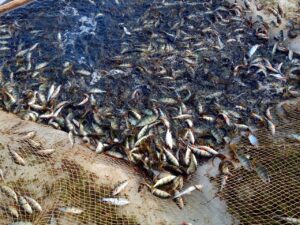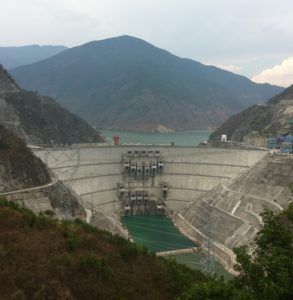After the unprovoked invasion of Ukraine, countries and companies around the globe rightly announced plans to stop doing business with Russia. Just last week, the U.S. issued its latest restrictions: An executive order banning a number of iconic Russian products, including vodka and seafood. While Russia may be better known as a purveyor of the infamous liquor, the U.S. buys significantly more seafood from the country — importing more than $1.2 billion in crab, cod and other fish in 2021.
The ban on seafood could pack a significant blow to Russia’s economy. It is meaningless, however, without tools to help the U.S. trace the origins of the food that ends up in restaurants, grocery stores and seafood markets. The U.S. government has already gone to great lengths to ban the import of Russian oil, liquefied natural gas and coal, and the same steps should be taken with seafood.
Seafood is one of the most traded food commodities in the world, but a lack of transparency and traceability exists across the seafood supply chain. Currently, Russian-caught fish can easily be shipped to another country, such as China, where much of the global seafood is processed, and then shipped to the U.S. masking its origins. In fact, an industry trade association reportedly told its members that Russian fish processed in China would not be impacted, effectively giving the green light to continue to import Russian seafood into the U.S., where it can be masked in breaded fish sticks, canned salmon and crab.
Read the full op-ed in the Seattle Times.



